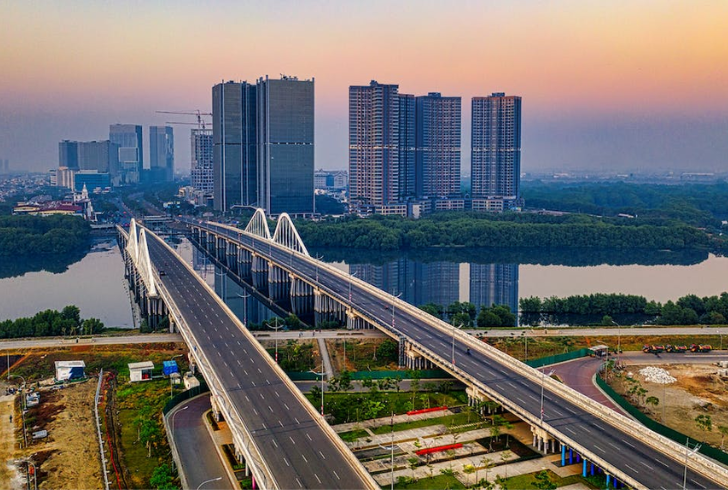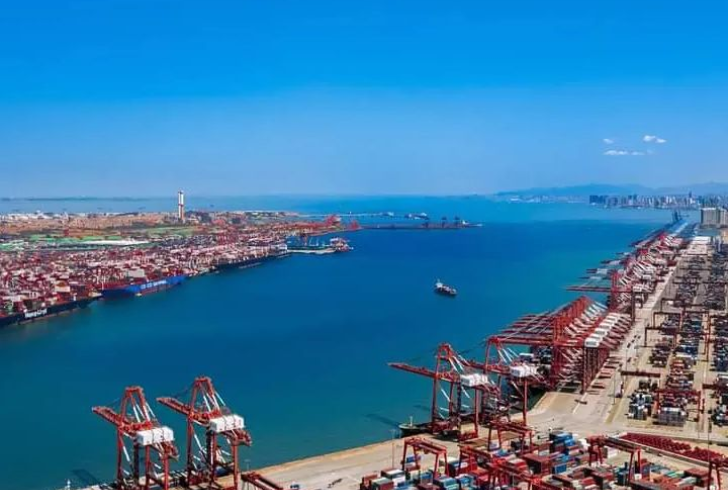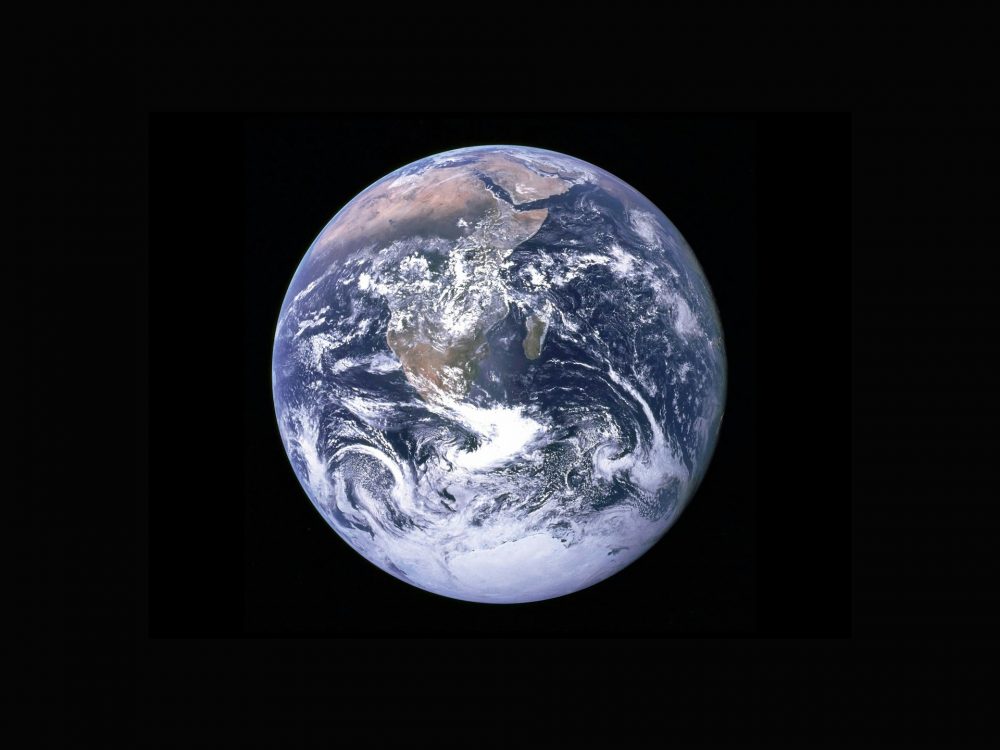China's Belt and Road Initiative (BRI), once a shining symbol of global infrastructure development, faces a new challenge: collecting the debts it has racked up. With over $1.3 trillion loaned to developing nations, China has become the world's largest debt collector, raising questions about the sustainability of its lending spree and the potential consequences for borrower countries.
The BRI Boom and Its Bust

Pexels | BRI promised, with billions pouring into roads, bridges, ports, and power plants across Asia, Africa, and Latin America.
Imagine a global Marshall Plan on steroids. That's what the BRI promised, with billions pouring into roads, bridges, ports, and power plants across Asia, Africa, and Latin America. But this infrastructure boom came at a cost--many countries, lured by easy loans and promises of prosperity, accumulated unsustainable levels of debt.
The Debt Trap and Its Impact
AidData, a research group, estimates that 80% of China's BRI loans are to financially distressed countries. This "debt trap" leaves borrowers vulnerable to harsh terms and renegotiations. Sri Lanka, for example, is struggling under the weight of BRI loans used to build unprofitable ports and airports.
Shifting Gears: From Builder to Debt Collector

Instagram | With many BRI projects facing financial woes, China's focus is shifting.
With many BRI projects facing financial woes, China's focus is shifting. From building bridges, it's now building bridges to its own coffers. This new debt collection phase could lead to several scenarios:
- Debt restructuring: China may offer concessions like lower interest rates or longer repayment periods to prevent defaults.
- Resource extraction: In extreme cases, China could seek control of natural resources or strategic assets in exchange for debt forgiveness.
- Political leverage: The debt burden could be used to influence debtor countries' foreign policy and economic decisions.
The West Steps Up

Pexels | US and Europe, alarmed by China's growing economic clout.
The US and Europe, alarmed by China's growing economic clout, are ramping up their own development finance initiatives. The US-led Build Back Better World (B3W) and the EU's Global Gateway offer alternative financing options with a focus on transparency, sustainability, and good governance.
The Road Ahead: Challenges and Opportunities
China's debt collection phase brings both challenges and chances. For countries in debt, dealing with this situation needs careful economic planning and finding different trade partners.
On the other hand, the West can use this moment to provide a better alternative to China's BRI approach. This means supporting sustainable development and reducing the chances of falling into debt traps. It's a crucial time for everyone to navigate these changes wisely.




